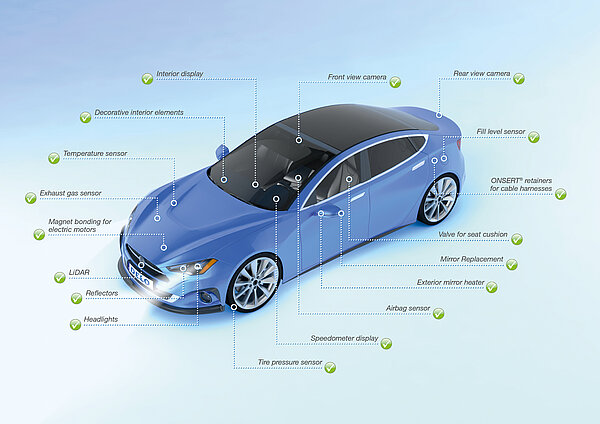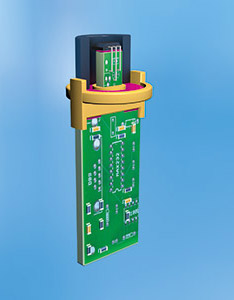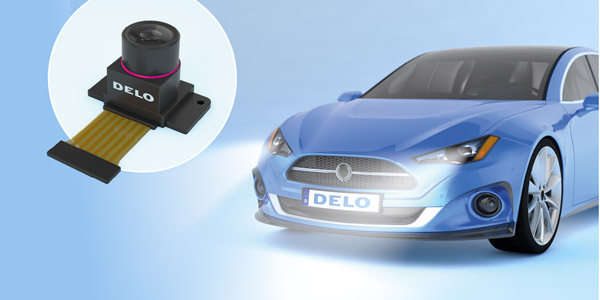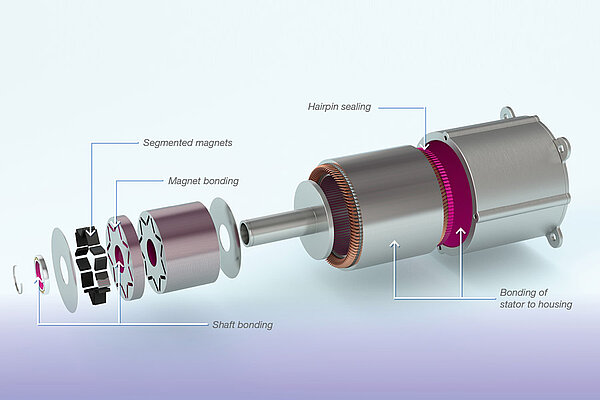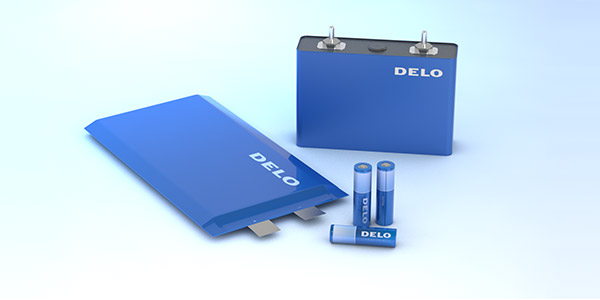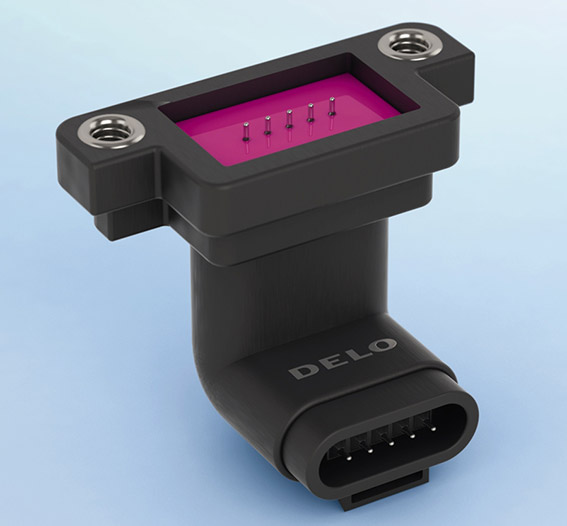When it comes to bonding in cars, most engineers probably think of structural bonding of car bodies, windshields, or panoramic roofs. In fact, the majority of the 15 kg of adhesive used per car is consumed for these three applications and increasingly for bonding the composite half shells for hoods, tailgates, and spoilers. But there are other numerous exciting and lesser-known applications in which bonding can play to its strengths in terms of multi-material connections, miniaturization, multifunctionality, and automation. Five of these application areas are presented in this article.
Sensors
Today, up to one hundred sensors are installed in a car. Since the sensors are located at points where they are meant to receive and forward information on physical quantities such as temperature, pressure, position, or speed, such signals have to be reliably transmitted to control units or evaluation electronics. Therefore, every sensor needs an adhesive to match its designated area of use.
This can be illustrated particularly well using the example of Hall sensors. These sensors are the first choice when position or speed needs to be captured: they measure the rotation of the wheel on the wheel hub, for instance. The adhesives used here must be highly resistant to influences of media such as oil, gasoline, or brake liquid and are subjected to salt spray tests, reflow tests (JEDEC), and vibration tests. Depending on the design, the sensors are only structurally bonded or completely encapsulated. A strong focus is also placed on the efficiency, sustainability, and reliability of the associated production processes.
Among the adhesives that fulfil these requirements, dual-curing adhesives (with two curing steps) are particularly suitable for this purpose. After a preceding light curing process, which allows quick prefixation for further processing, a second curing mechanism ensures reliable final curing of the adhesive even in shadowed areas. This can be triggered in various ways, for example, by heat input, by humidity, or by anaerobic effects. This allows high volumes to be produced.
Cameras
Many cars are equipped with one or more cameras, for example for traffic sign recognition, lane keeping, or as a collision warning assistant. The requirements for the respective adhesives are demanding, especially if the cameras are located outside the vehicle, as is the case with rear view cameras. Accordingly, they must be resistant to daily and seasonal temperature fluctuations as well as to rain, snow, and ice. The most critical impact results from de-icing salt that is whirled up from the roads during winter and has an aging effect on many materials.
This makes it obvious that the adhesives must have good resistance to ensure that the bonds withstand extreme conditions. Low outgassing and low shrinkage of the adhesive are other essential factors to prevent any negative impact on the optical components.
Practically exclusively dual-curing adhesives are used here, which offer not only the required accuracy and reliability, but also allow for high production speed. Another decisive factor for the function of the optics is that the position of the lens does not change after production. In this way, the camera modules can be processed directly after light fixation that only takes a few seconds, during which the optics is actively aligned and "frozen". In the subsequent heat curing batch process, the adhesive receives its final properties.
Electric motors
For electric motors of any kind, improvement and especially high efficiency are extremely important. Adhesives contribute to making them smaller and more efficient by reducing the installation space required for classic production processes through thin adhesive gaps. Products specially developed for electric motors feature gap-filling and tension-equalizing properties and offer maximum strength as well as resistance to temperature, media, and impact, which makes them interesting for a number of motor applications.
For this reason, more and more motor manufacturers are opting for bonding ferrite or rare earth magnets into the steel housings or lamination stacks. Compared to mechanical anchoring or bandaging, adhesive joints offer numerous advantages in addition to reduced space requirements, for example with regard to manufacturing tolerances, corrosion protection, or vibration damping. In addition, segmented magnets are increasingly stacked by bonding in order to reduce eddy currents. The resulting lower heat development in the magnets leads to higher efficiency.
The stators are also often bonded into their housings. After all, bonding offers some advantages over conventional joining methods in this application, as well. For example, thanks to a homogeneous stress distribution, adhesives are able to compensate for thermal stress that may be generated due to different thermal expansion coefficients between stator and housing. And finally, encapsulants are often used to protect sensitive motor components against humidity, media, or mechanical load. These compounds are so reliable that the motors can even be operated permanently in automatic transmission fluid.
There is hardly any other application where adhesive users can benefit from so many production options as in electric motor bonding. In many cases, curing is possible by heat, under the exclusion of air, or, in the case of two-component products, at room temperature. If higher demands are placed on bonding accuracy or if direct and fast further processing is required, such final curing is often preceded by initial light fixation. These numerous production options make bonding the ideal solution for flexible, scalable, and efficient production processes.
Batteries
Adhesives also play an important role in the still young field of batteries for electric cars. Their tasks are just as varied as the battery packs have complex structures and different concepts. Examples range from the bonding of capacitors and chokes on printed circuit boards of battery control units to the screw-free and weld-free attachment of heat sinks and battery cells, the protection of certain components by encapsulation, right through to the battery pack itself. Using adhesives for the electrically conductive connection of semiconductor elements (e.g. in an inverter) also offers multiple advantages.
In many cases, adhesives must be able to dissipate the heat generated during operation and have flame-retardant characteristics. Frequently, adhesives are also required to have sealing properties. In particular, the adhesive must not affect the electrochemical function of the battery cell. In view of the increasing numbers of electric cars such as full and mild hybrid vehicles, many adhesive developments focusing on fast production processes are currently underway. In addition to classic heat or room temperature curing, light curing and light fixation in particular offer many options for efficient production of higher volumes.
Connectors
Every car contains numerous connectors, for example in control units and sensors. These connectors must be reliably sealed to protect the electronics from humidity, media, and corrosion, even under extreme temperatures. Automotive suppliers generally use silver-plated connector pins, since they are more cost-efficient than gold and more reliable than copper. The silver is given an additional passivation layer to protect it from tarnish and abrasion. This coating is usually based on thiol and was long considered difficult to bond.
In the meantime, however, there are sealants that are optimized for exactly these pins. In addition to the pins, they must also adhere very well to the material of the housing. In the field of plastics, these are usually PA and PBT. Thanks to good resistance to thermal cycling, this applies even under the stringent conditions of the automotive sector, which are really tough. Typical tightness tests check the temperature resistance up to +150 °C and also include thermal shock tests from -40 °C to +150 °C. Since good sealants are flexible in the cured state, they also compensate for the different thermal expansions of metal pins and plastic housings.
Such products enable fast and simple production processes with a high level of safety. DELO DUALBOND GE4918, a one-component product, is easy to dispense, shows good flow properties, and can be fixed in 10 to 20 seconds with the help of high-intensity UV light. In shadowed areas that cannot be reached by light, a second curing mechanism allows the adhesive to fully cure under the influence of air humidity. An in-line tightness test can be performed immediately after UV light fixation.
Conclusion
Adhesives have become indispensable for automobiles. Their various characteristics allow using a variety of material combinations and open up new design options. In addition to joining two parts, the adhesives fulfil other functions such as corrosion protection and sealing against aggressive media. But they are not only pushing lightweight design. By enabling miniaturization, especially in automotive electronics, they also allow resources to be conserved and installation space to be saved.







